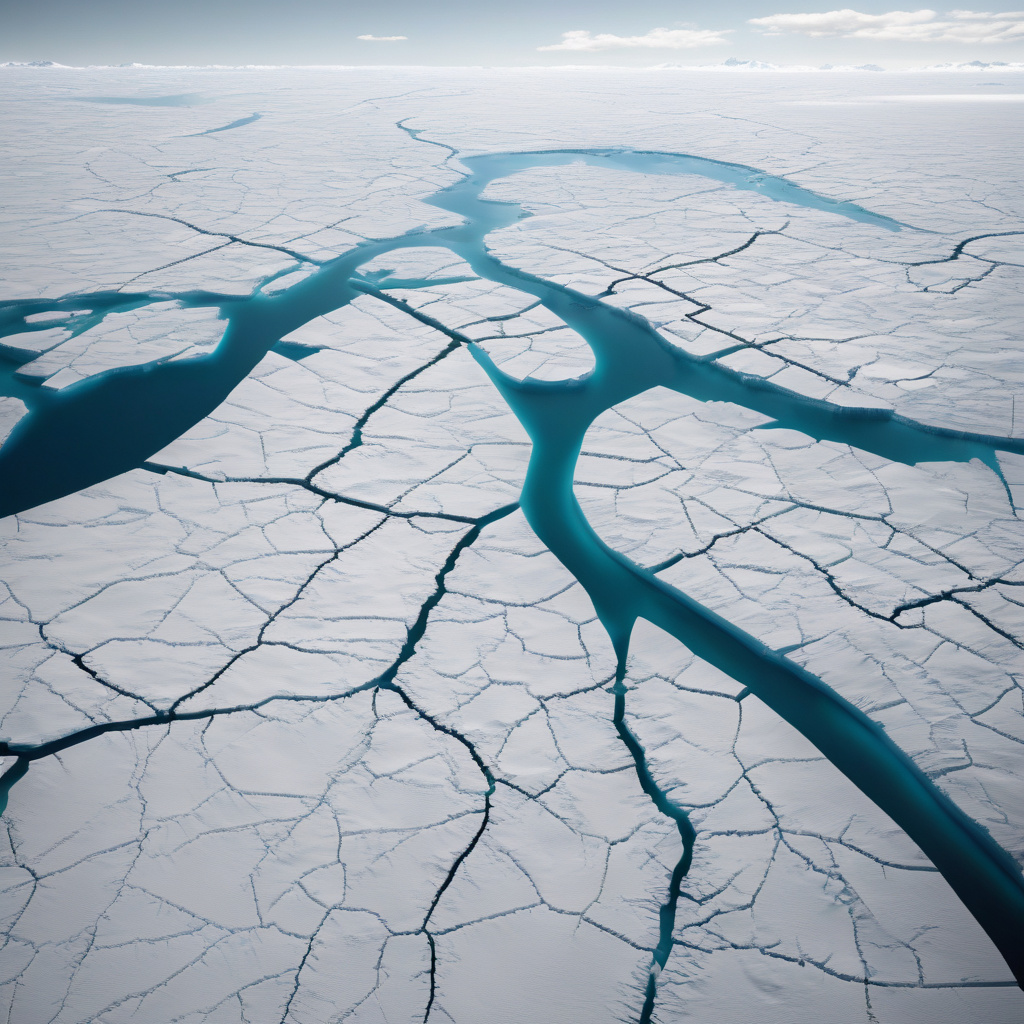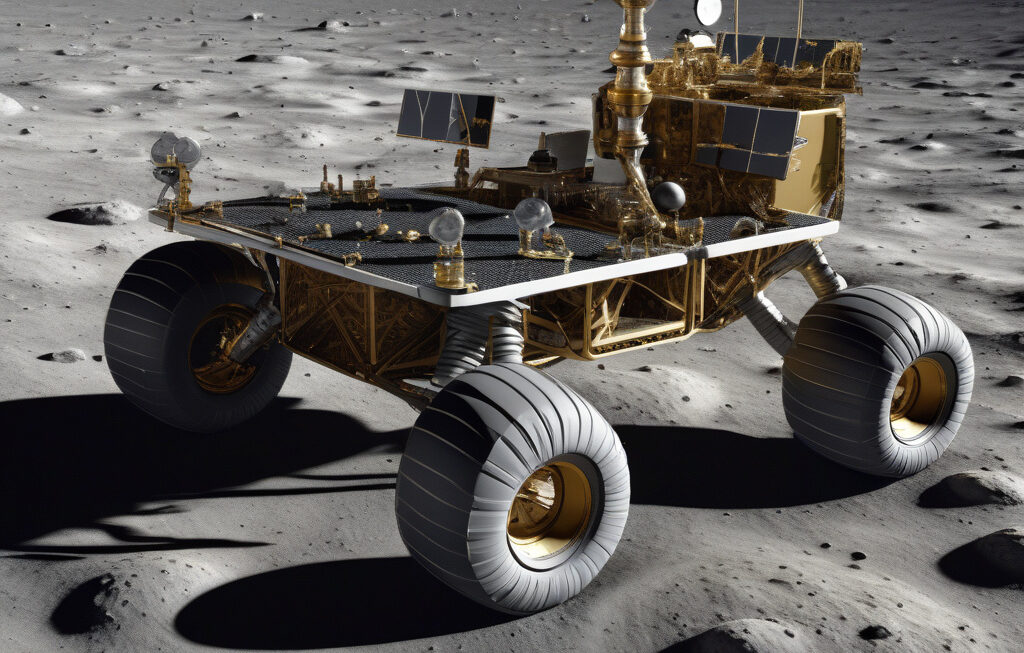The Alarming Expansion of Greenland Ice Sheet Cracks: A Consequence of Climate Change
In recent years, the Greenland Ice Sheet has been experiencing a concerning phenomenon – the rapid growth of crevasses along its edges. These cracks, both in size and depth, have escalated dramatically over the past five years, posing a significant threat not only to the ice sheet itself but also to global sea levels and climate patterns.
The Greenland Ice Sheet, covering an area of approximately 1.7 million square kilometers, is the second-largest body of ice in the world after the Antarctic Ice Sheet. It plays a crucial role in regulating the Earth’s climate by reflecting sunlight and maintaining temperature balance. However, due to the effects of climate change, this vital ice sheet is under immense pressure.
The accelerated growth of crevasses on the edges of the Greenland Ice Sheet is primarily attributed to rising temperatures and changing weather patterns. As the atmosphere warms, the ice sheet melts at an unprecedented rate, causing increased stress on its structure. This, in turn, leads to the formation of extensive cracks that can weaken the overall stability of the ice sheet.
The implications of these widening crevasses are far-reaching. Apart from contributing to the rising sea levels, the cracks also facilitate the flow of meltwater from the surface to the base of the ice sheet. This process lubricates the ice-bed interface, further accelerating the ice loss and influencing ocean currents and weather systems worldwide.
Scientists and researchers have been closely monitoring these developments, utilizing advanced technologies such as satellite imagery and drones to track the growth of crevasses in real-time. By studying these patterns, they aim to gain a better understanding of the complex dynamics between climate change and ice sheet stability.
Efforts are also being made to raise awareness about the vulnerability of the Greenland Ice Sheet and the urgent need for global action to mitigate climate change. Governments, organizations, and individuals are called upon to reduce carbon emissions, adopt sustainable practices, and support initiatives aimed at preserving the Earth’s ice reserves.
In conclusion, the escalating expansion of crevasses on the Greenland Ice Sheet serves as a stark reminder of the profound impact of climate change on our planet’s delicate ecosystems. It underscores the pressing need for collective efforts to combat global warming and protect the invaluable natural resources that sustain life on Earth.
climate change, Greenland Ice Sheet, crevasses, global warming, sea levels












